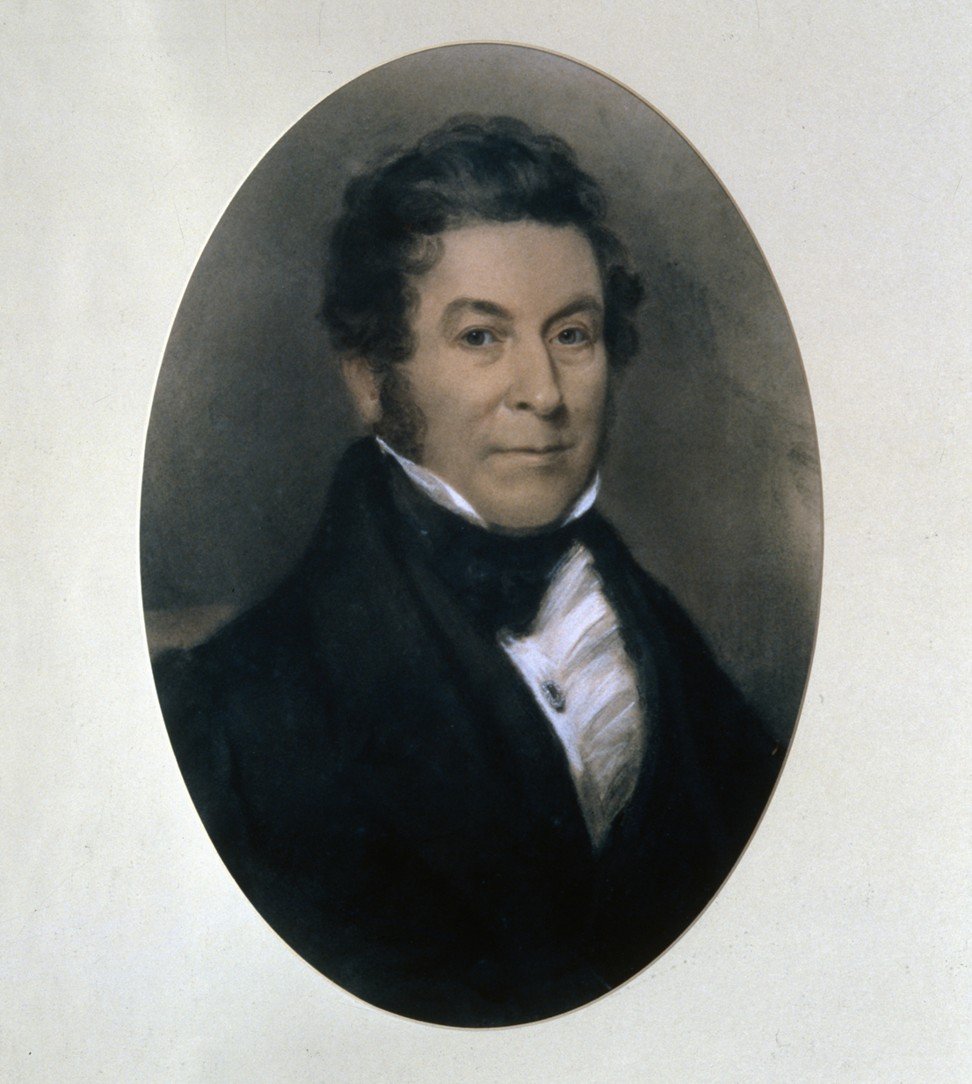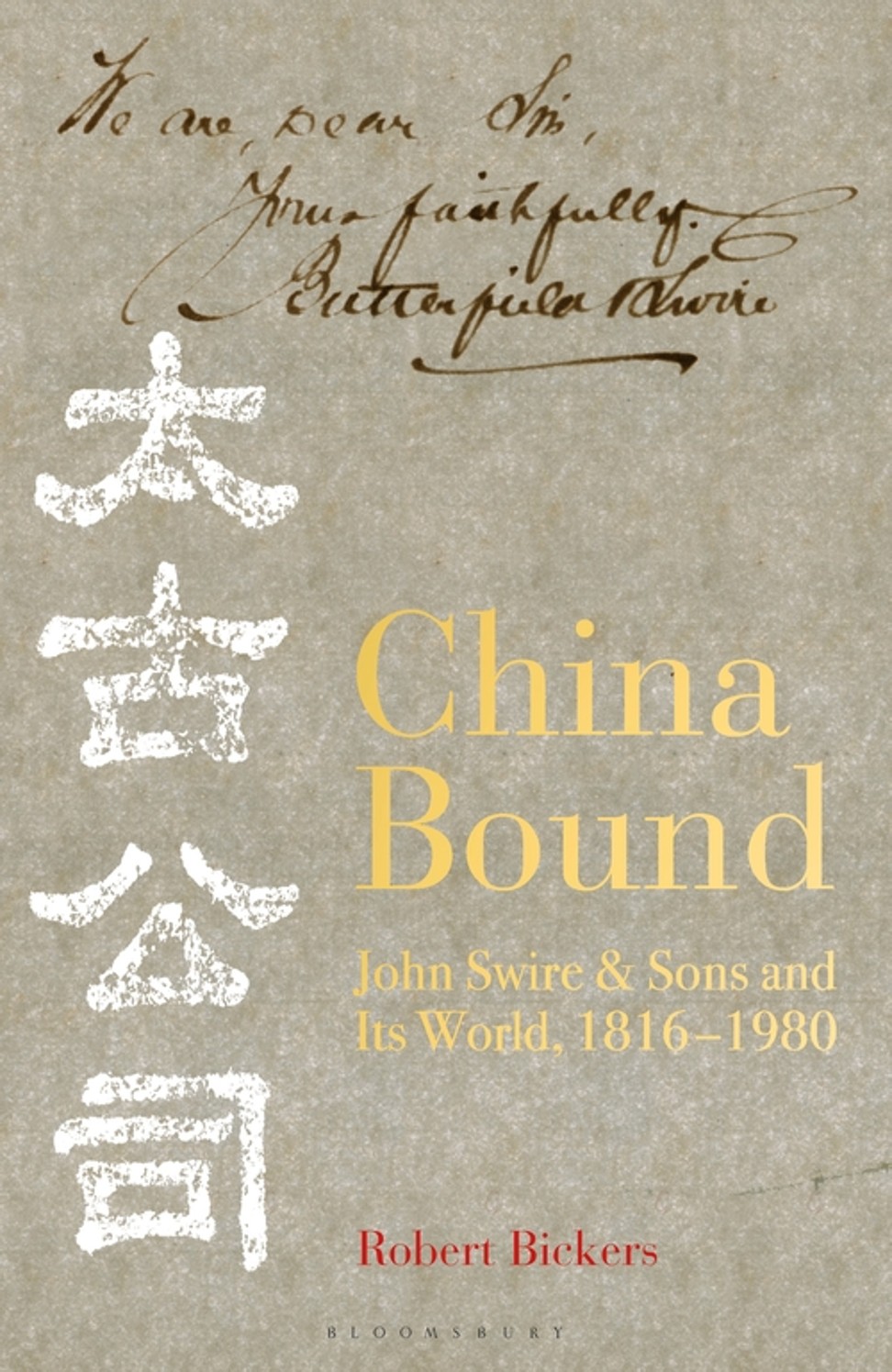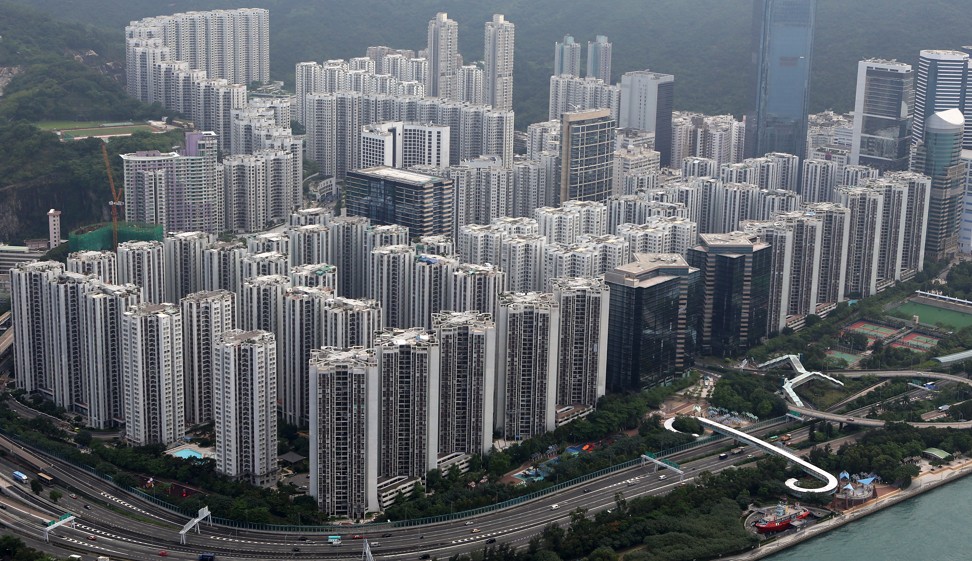
Review | The story of Swire, British ‘hong’ in Hong Kong: a tale of empire, enterprise and family feuds
- Robert Bickers’ history of the global company built by John Swire is not your average corporate compendium
- The book, China Bound: John Swire & Sons and Its World, 1816-1980, offers tantalising vignettes of time and place
China Bound: John Swire & Sons and Its World, 1816-1980 by Robert Bickers, 5/5 stars
Swire is ubiquitous in Hong Kong and mainland China, where the conglomerate is involved in a wide range of businesses, from property and retail mall developments to hotels, Coca-Cola bottling, Taikoo Sugar, container terminals and Cathay Pacific.
Elsewhere in the world, it has business interests in several countries, from Scotland (biodiesel) to Papua New Guinea (ferry services). China Bound, a new book by prolific historian Robert Bickers, traces this global empire back to the Liverpool waterfront of 1816.
The rise of John Swire and his family business from humble Liverpool merchants to global corporation is one that encompasses the start of what we would now recognise as globalisation. It is also a story of empire, new technologies (from steamships to refrigeration; containerisation to freight aircraft) and not a little adventuring and luck.

Swire took advantage of wars, uprisings and revolutions to move into new markets. His firm often advanced on the coattails of the Union flag and profited from some of the unsavoury businesses of the 19th century. Bickers concludes that Swire businesses never sold opium, but that its ocean-going ships, as well as the paddle steamers of the Swire-owned China Navigation Company that plied the Yangtze, opening up its upper reaches to trade, certainly carried it.
The book is essentially a series of lush and atmospheric descriptions – Liverpool, Hong Kong, Shanghai, Yokohama; vignettes of place and time that wash over the reader with anecdote and detail. Take, for instance, the section on the Georgiana, newly arrived at the mouth of the River Mersey, in northwest England, in November 1834. The ship had previously carried convicts to Australia, goods to Charleston, in South Carolina, and cloth from Calcutta.
The Georgiana docked in Liverpool following a voyage that “had brought cassia wood from China to Singapore, carried beer to Batavia [Jakarta] and taken rice to Canton”. Aboard were “5,000 chests of various teas, a thousand marble slabs and fifty bundles of mats […] as well as ceramic flower pots and smaller items of chinoiserie and exotica […] cases of lacquerware, bamboo and ivory goods, some Chinese books and paintings, window blinds and two cases of insects”.
The Georgiana was a revolutionary ship, a new way of trading globally. It was the first to sail from the Middle Kingdom to Liverpool after the East India Company’s long monopoly on China trade finally ended. A new era of free traders engaging with China had begun, and John Swire was at its forefront.
These traders – as well as Swire, there were William Jardine, James Matheson, Lancelot Dent, Samuel Russell and many more – quickly embraced the China trade: to Canton and Macau, then (in the wake of the opium wars) Hong Kong, Shanghai, the Chinese interior.

They pushed on and opened trade routes to Japan and Southeast Asia, Australia and New Zealand, America’s West Coast. And, as Bickers shows in the example of the Georgiana, they brought China and Asia into the English Victorian home. All those Long Elizas and Chinese screens in Mayfair dining rooms, silk gowns and delicate teas came, often, on Swire vessels.
The author zeroes in too on the people behind the Swire businesses, some with fascinating job titles – the tea tasters, sugar travellers, “stuff merchants” in the cloth trade and the Yangtze steamship captains. A procession of engineers, draftsmen, clerks and functionaries who, after answering a job advert in a provincial English newspaper, found themselves spending their days gazing out over Victoria Harbour, the Shanghai Bund or the Yokohama Bluff.
Often their families came with them, expanded, moved around – minor dynastic footnotes of generations of foreigners in China. Bickers also finds space for the Chinese compradors so vital to the business.
Not that this is a romanticised history. Life was hard – ships sank, epidemics raged, foreign men with their families went into the interior of China and encountered hostility, plagues and failure. And upending change is always around the corner and rarely predictable. World War II and the 1941 fall of Hong Kong occur midway through this sprawling tale. Empire (at least the British one), gunboat diplomacy and virtual free rein over the vast markets of China came to an abrupt end.

Still, just as war and revolutions closed down some traditional endeavours, new opportunities arose. After the war, Swire (then known as Butterfield and Swire) embraced aviation. Jock Swire, one of Bickers’ most engaging character vignettes, who ran the business from 1946 until the mid-1960s, believed the firm’s dockyards needed an “aeronautical wing to protect itself against the future”.
A manager for the Horlicks beverage company touring Asia described Cathay pilots flying dangerously long hours and the airline’s planes as horrendously dirty, often refitted US Army Dakotas, “equivalent to a third-rate latrine”. But they did get him from Hong Kong to Singapore to Manila to Shanghai on time and in one piece to hawk his malty product.

They are worth lingering on, too – founder John driven by his raging mercantile urges; his son who served the firm largely out of duty; others who had to take the reins despite not being natural business leaders, or as older brothers died at Ypres. Families do fight and feud – rich ones often quite spectacularly – and the Swires are no exception.
Today, with 130,000 employees and an annual turnover of about US$30 billion globally, the group has come a long way from one man in Liverpool placing his first order for barrels of tree bark to be sold to the textile dyeing industry in Yorkshire. In Hong Kong, much of the city’s landscape has been influenced by Swire. The Taikoo Dockyard is now the Taikoo Shing housing estate. The Taikoo Sugar Refinery and Coca-Cola bottling plant in Quarry Bay are gone, too – in their place stand a shopping mall and more blocks of flats. But the Taikoo brand is still commonplace across Asia.
Bickers concludes China Bound with the thought that in many ways the Swire group is an anomaly in our contemporary world – “an organisation rooted in the past, but with its focus firmly on the future; a multinational with a family business as its parent company”. China Bound is also somewhat of an anomaly – a business history that’s an immersive compendium of exciting places, fascinating people and momentous change.
Purchase the China AI Report 2020 brought to you by SCMP Research and enjoy a 20% discount (original price US$400). This 60-page all new intelligence report gives you first-hand insights and analysis into the latest industry developments and intelligence about China AI. Get exclusive access to our webinars for continuous learning, and interact with China AI executives in live Q&A. Offer valid until 31 March 2020.

